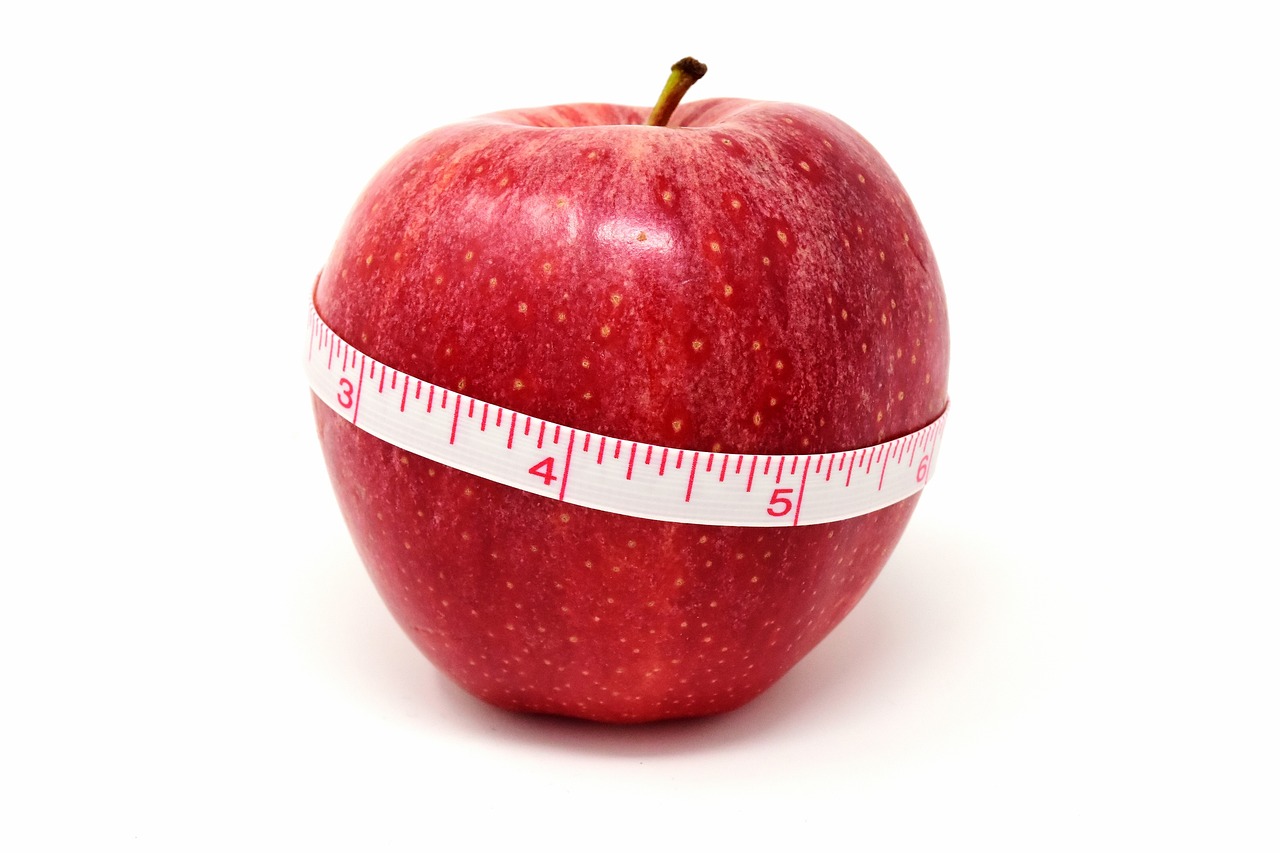The Future of 3D Printing in Customized Prosthetics
3D printing technology has made significant advancements in recent years, revolutionizing various industries. One of the key developments is the ability to create complex and customized prosthetics using this innovative technology. Traditional prosthetic manufacturing processes often required labor-intensive and time-consuming methods, while 3D printing enables faster production and more precise customization to fit the unique needs of each individual.
Moreover, the materials used in 3D printing for prosthetics have evolved, allowing for greater durability, flexibility, and comfort for the wearer. This has led to a substantial improvement in the functionality and aesthetics of prosthetic devices, enhancing the quality of life for many individuals. As this technology continues to advance, we can expect even more breakthroughs in the field of prosthetics, providing better solutions for those in need of such devices.
Benefits of Customized Prosthetics
Customized prosthetics offer individuals a unique and tailored solution to their specific needs. Unlike traditional off-the-shelf prosthetics, customized prosthetics are designed to fit perfectly and comfortably, enhancing the user’s mobility and comfort. This personalized approach to prosthetic design ensures a better fit and functionality, which leads to improved quality of life for the wearer.
Moreover, customized prosthetics can also help individuals regain a sense of confidence and self-esteem. By allowing users to choose the design, color, and texture of their prosthetic limbs, they can express their individuality and personality. This personalization aspect not only makes the prosthetic visually appealing but also fosters a sense of ownership and empowerment for the user.
Challenges in Current Prosthetic Manufacturing
Prosthetic manufacturing faces several challenges in the current landscape. One of the main difficulties lies in the customization process. Each individual’s needs are unique, requiring tailor-made solutions. Achieving this level of personalization can be time-consuming and costly for manufacturers.
Moreover, another issue is the continuous advancements in technology. Keeping up with the latest innovations in materials and manufacturing techniques is essential for creating high-quality prosthetics. Manufacturers must invest in research and development to stay competitive in the field and provide patients with the best possible outcomes.
How has 3D printing technology advanced prosthetic manufacturing?
3D printing technology has allowed for the creation of more customized and precise prosthetics, leading to better fit and function for the individual.
What are the benefits of customized prosthetics?
Customized prosthetics can provide a better fit, improved comfort, and increased functionality for the individual, leading to a higher quality of life.
What are some of the challenges in current prosthetic manufacturing?
Some challenges in current prosthetic manufacturing include high costs, limited access to advanced technology, and the need for more efficient production processes to meet the growing demand.







